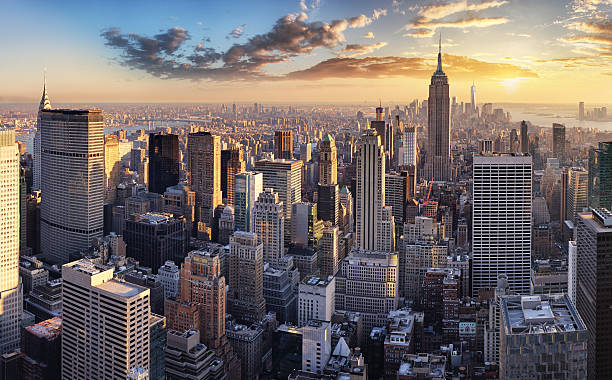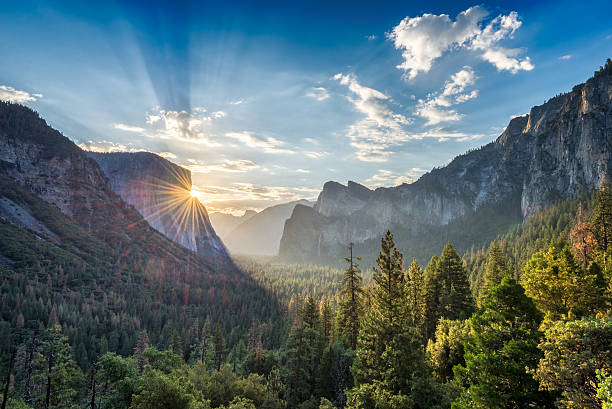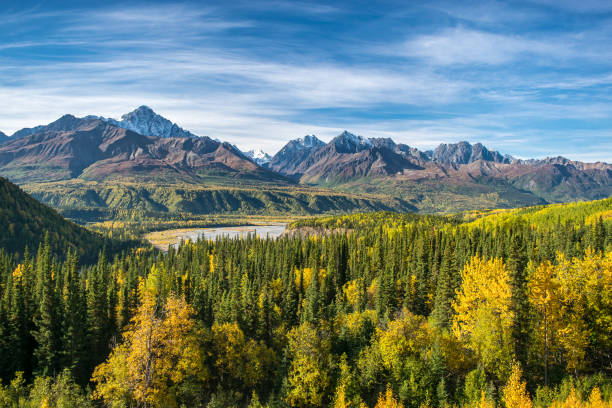
Lot of backpackers are more enthusiastic to explore different destinations and landmarks in the world and they understand each one is unique and offers a diverse experience. But visiting national parks, especially countries like the United States, is another fascinating travel experience where each one can enjoy multiple arrays of travel things at one place.
In the same way today we are going to explain about one of the underrated and largest US national parks which is unknown to many backpackers or yet to be explored. “Wrangell-St. Elias National Park and Reserve” is considered as the largest national park in the US, located in southcentral of Alaska covering the areas of 13.2 million acres of land.
To understand more about Wrangell-St. Elias National Park and Reserve we need to know what are the things that make this national park so popular and big?
Related Search: Want to See Sunrise at Haleakala National Park.
What Makes Wrangell-St. Elias National Park and Reserve the Largest National Park in the US?
1. How It is Formed?

Wrangell-St. Elias National Park and Reserve formed a million years ago due to the tectonic activities, glaciations and continuous volcanic activity which created the massive towering mountain ranges that you see today. Warngell and St. Elias mountain ranges are among the tallest in the entire North America. Since the park located Pacific and North America tectonic plates where more intensive geological activities are exist such as folding, faulting and mountain building process. Its diverse, unique and complex geological formations made rugged, intensive terrain systems that automatically increased the size of the park.
2. Historical Significance
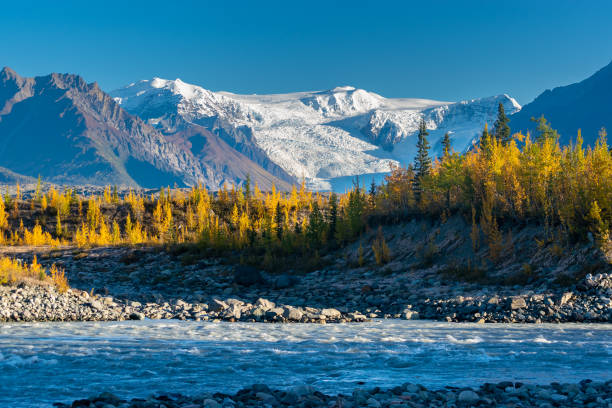
National park is a place recognised by the rich cultural heritages too, where Ahtna Athabascan indigenous peoples lived. There is some evidence showing us hunting, and fishing more activities done under their time and pioneer settlements.
Wrangell-St. Elias National Park has ancient historical backgrounds due to its rich mining history of gold and iron (especially like Kennicott copper mine), especially during the late 19th and early 20th century. During the 1980s onwards parks conservation efforts and boundary expansion in the 1980s incorporated mineral rich areas which resulted in further increase its size. Overall process of historical evidence is a positive sign and protects the natural heritage and makes popular ecosystem access.
3. Natural Attractions

Compared with other major national parks like Yosemite or Glacier National Park, Wrangell-St. Elias National Park has more glacier covered terrains. Approximately 9,000 square miles of glaciers, the park often witnesses massive glacier erosion and ice fields. Due to continuous glacier sessions resulting sculpted landscapes, carving deep valleys, ice fields and fjords which help to expand parks boundary and scenic views. There are other lot of elements which truly make Wrangell-St. Elias the largest national park.
4. Diverse Ecosystems

Diverse ecosystems are also one more reason for park’s vast area coverage’s. From coastal rainforest and alpine tundra to volcanic regions and deep fjords, Wrangell-St. Elias National Park contains a wide variety of ecosystems. Since it spread over large geographical areas, parks bifurcated various ecological zones to preserve unique habitats.
5. Parks Preservation Policy
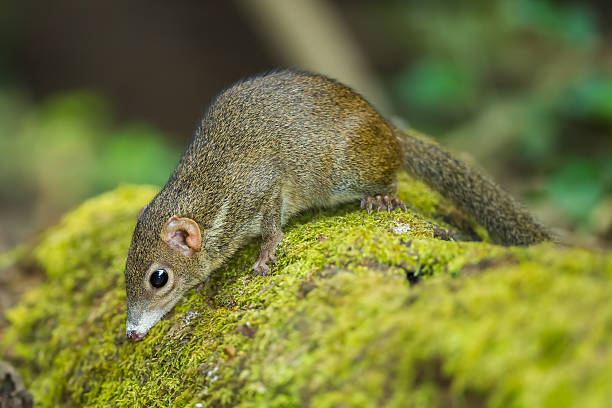
Preservation policy helps to support and maintain extensive size, helping to protect pristine environments, wildlife habitat, and geological features. Its long sustainable preservation policy helps to retain enormous boundaries over a period of time. Since Wrangell-St. Elias National Park nestled in very remote locations and challenging terrains, visitors surely spot less human developments and witnessing vast wilderness area coverage’s.
Above Wrangell-St. Elias National Park gives a clear picture of how and why we are often considered as the “Largest National Park in the US”. Visiting this national park will help to understand how ecological diversity, conservation efforts, glaciers and geological forces combinations work out under massive areas to an adventure backpacker.
Related Articles: Reservation for National Parks in 2025.

